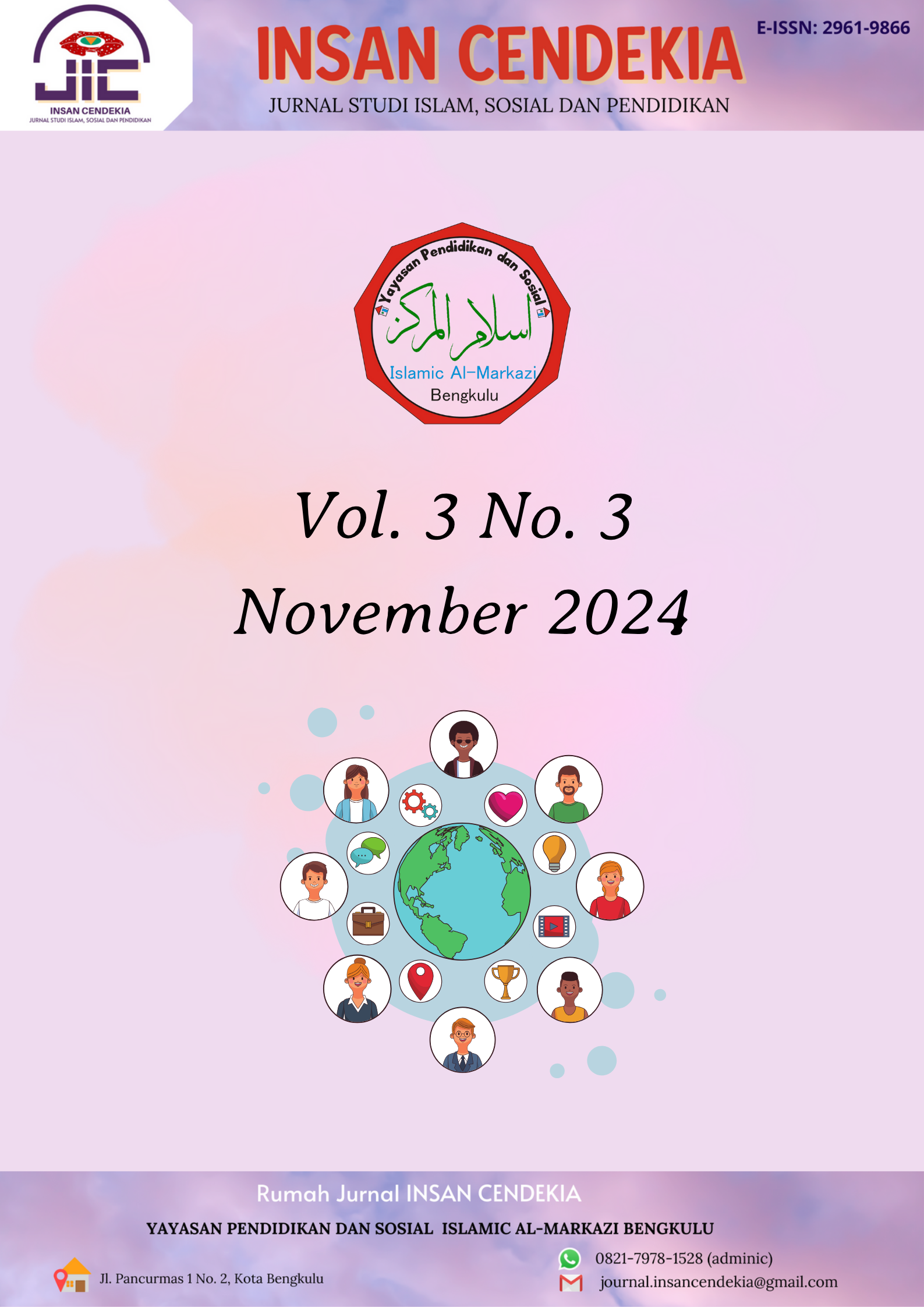WISATA VIRTUAL SITUS BERSEJARAH UNTUK MENGEMBANGKAN PENGETAHUAN BAHASA INGGRIS DAN BUDAYA BAGI MAHASISWA
Keywords:
Digital Content, English for Beginners, Virtual Tour, Historic Sites, Educational TechnologyAbstract
The Digital Content Creator: Virtual Tour of Historic Sites activity is an educational initiative aimed at introducing historical sites in Bengkulu through interactive digital media. This project was carried out by university students as part of a project-based learning component in the ELT Project course, by producing four educational videos in English featuring the Bengkulu Museum and the Exile House of Bung Karno. Each video incorporates thematic vocabulary related to history and culture, serving not only as an informative medium but also as a practical English language learning tool. The activity was designed to enhance historical awareness, digital skills, and students' communication abilities, while also reaching a broader audience through social media platforms such as TikTok and Instagram. The process involved research, scriptwriting, on-site filming, and video editing. Evaluation results indicate that while the project ran smoothly, technical aspects such as audio-visual quality and promotional strategies need improvement to optimize the content and attract viewers. Overall, the project demonstrates that a digital-based virtual tour approach can be an innovative and effective learning tool for cultural preservation as well as for improving historical and language literacy among the younger generation
References
Daft, R. L., & Lengel, R. H. (1986). Organizational information requirements, media richness and structural design. Management Science, 32(5), 554–571.
Hakim, M. A. R., Efriyanti, N., Zasrianita, F., & Astari, A. R. N. (2022). English Teachers’ Creativity in Preparing and Managing Teaching-Learning Media During Covid-19 Pandemic for Junior High School Students in Indonesia. What Covid-19 Pandemic Has Altered English Teacher's Teaching Practice, 25-38
Ito, M. (2015). Participatory culture in a networked era: A conversation on youth, learning, commerce, and politics. Polity Press.
J., & Robinson, L. (2009). Living and learning with new media: Summary of findings from the Digital Youth Project. The MIT Press.
Kolb, D. A. (1984). Experiential learning: Experience as the source of learning and development. Prentice Hall.
Kolb, D. A. (1984). Experiential Learning: Experience as the Source of Learning and Development. Englewood Cliffs, NJ: Prentice Hall. http://academic.regis.edu/ed205/Kolb.pdf
Pew Research Center. (2022). Teens, social media and technology 2022.
Proctor, N. (2010). Digital: Museum as platform, curator as champion, in the age of social media. Curator: The Museum Journal, 53(1), 35–43.
Revola, Y., Hakim, M. A. R., Serasi, R., & Sari, M. D. P. (2023). Implikasi Pelaksanaan Program English Language Teachers Training (ELTT) Pada Kompetensi Pedagogik Pengajar Bahasa Inggris Madrasah di Bengkulu. EDUKATIF: JURNAL ILMU PENDIDIKAN, 5(5), 2008-2018
Sigala, E. Christou, & U. Gretzel (Eds.), Social media in travel, tourism and hospitality: Theory, practice and cases (pp. 1–18). Routledge.
Slater, M., & Sanchez-Vives, M. V. (2018). Enhancing
Ulrike Gretzel (2017) Gretzel, U. (2017). Social media in tourism and hospitality. In M.
Sugiyono. (2017). Metode Penelitian Pendidikan: Pendekatan Kuantitatif, Kualitatif, dan R&D. Alfabeta.
Thomas, J. W. (2000). A review of research on project-based learning. The Autodesk Foundation.
Downloads
Published
Issue
Section
License
Copyright (c) 2025 Anita Jufriani, Yola Eliza, Asri Atun Soleha, Lestari, Ivanda Tegar

This work is licensed under a Creative Commons Attribution-ShareAlike 4.0 International License.
LICENSE TO PUBLISH:
1. License
Authors who publish with Insan Cendekia agree to the following terms: Authors retain copyright and grant the Insan Cendekia right of first publication with the work simultaneously licensed under the Creative Commons Attribution-ShareAlike 4.0 International (CC BY-SA 4.0) license, that allows others to share (copy and redistribute the material in any medium or format) and adapt (remix, transform, and build upon the material) the work for any purpose, even commercially with an acknowledgement of the work's authorship and initial publication in Insan Cendekia.
2. Author’s Warranties
The author warrants that the article is original, written by stated author/s, has not been published before, contains no unlawful statements, does not infringe the rights of others, is subject to copyright that is vested exclusively in the author and free of any third party rights, and that any necessary written permissions to quote from other sources have been obtained by the author/s.
3. User Rights
Under the Creative Commons Attribution license, the author(s) and users are free to share (copy, distribute and transmit the contribution).
4. Rights of Authors
Authors retain the following rights:
- copyright, and other proprietary rights relating to the article, such as patent rights,
- the right to use the substance of the article in future own works, including lectures and books,
- the right to reproduce the article for own purposes, provided the copies are not offered for sale,
- the right to self-archive the article.
5. Co-Authorship
If the article was prepared jointly with other authors, the signatory of this form warrants that he/she has been authorized by all co-authors to sign this agreement on their behalf, and agrees to inform his/her co-authors of the terms of this agreement.
6. Termination
This agreement can be terminated by the author or Insan Cendekia upon two months’ notice where the other party has materially breached this agreement and failed to remedy such breach within a month of being given the terminating party’s notice requesting such breach to be remedied. No breach or violation of this agreement will cause this agreement or any license granted in it to terminate automatically or affect the definition of Insan Cendekia.
7. Royalties
This agreement entitles the author to no royalties or other fees. To such extent as legally permissible, the author waives his or her right to collect royalties relative to the article in respect of any use of the article by Insan Cendekia or its sublicensee.
8. Miscellaneous
The Insan Cendekia will publish the article, or arrange for its publication, provided that the editorial process is successfully completed and the journal or its sublicensee becomes obligated to publish the article. The Insan Cendekia reserves the right to edit the article for consistency in punctuation, spelling, capitalization, and style, as deemed appropriate.




